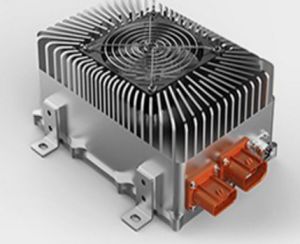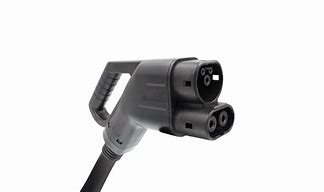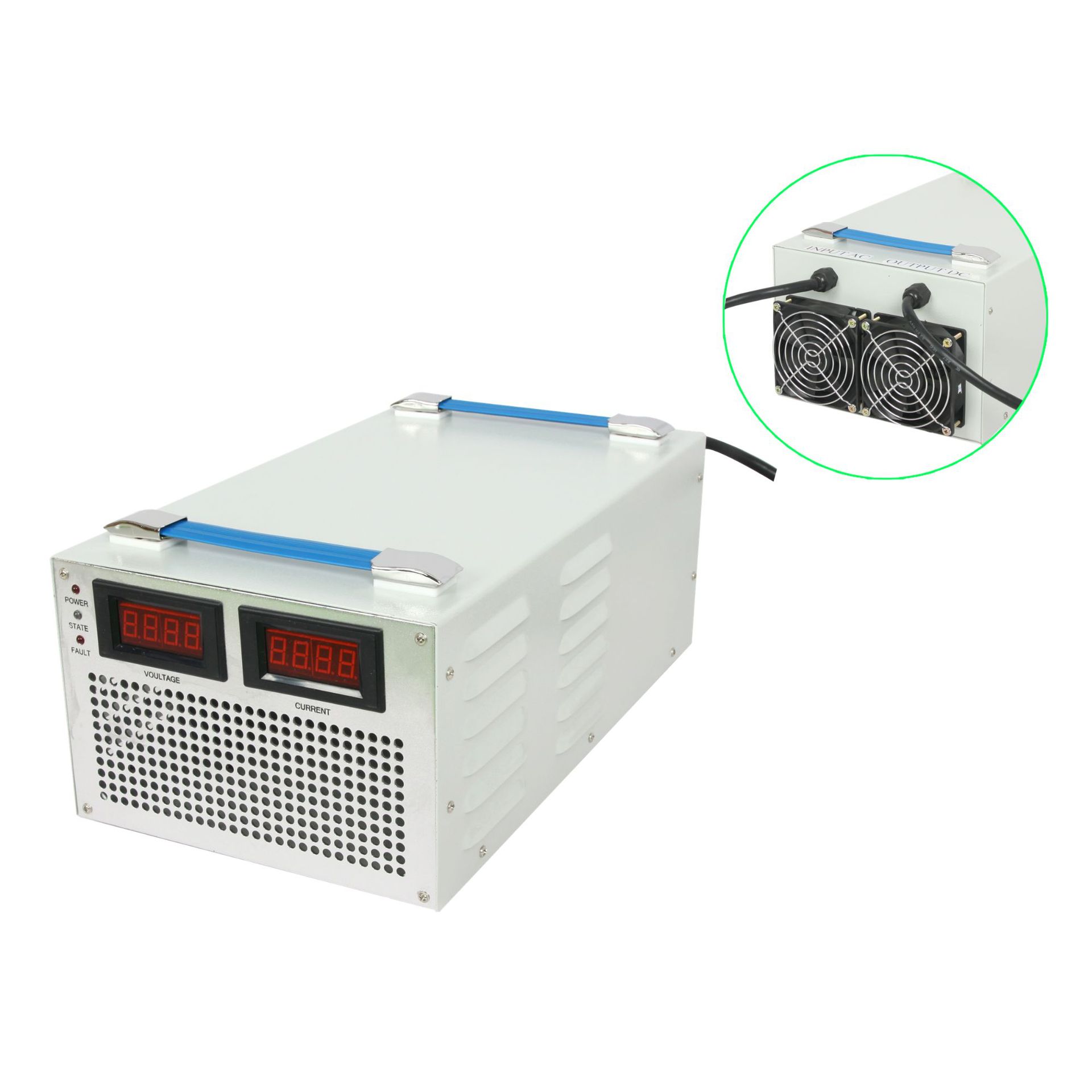Okay, so you bought your first electric vehicle. Now what? There are a number of ways EV ownership will be different than that of a vehicle with an internal-combustion engine, but a big one you need to figure out immediately is charging.
First, you want to be charging at home as much as possible. This has two significant benefits: Charging can be accomplished when the vehicle is otherwise parked, and home charging is substantially cheaper (roughly one-third the cost) of DC fast-charging.
There are three major factors to consider: the output of the household circuit you're connecting to, the output of the EV charging equipment, and the rate of charging that your vehicle can handle.
I went down the same path a new EV owner would when putting together this story, starting with installing a dedicated 240-volt outlet in my garage. We of course have charging at the Car and Driver office, but I needed a proper setup at home to support all of the EVs we're reviewing these days. I was able to add a 40-amp circuit to the existing electric service in my house without a pricey upgrade to run additional capacity, so that's why I landed on a 40-amp outlet versus a 50-amp setup. To be able to easily switch among the units, we ordered the NEMA 14-50 plug-in variant of each charging device. (Note: Tesla doesn't sell a version of its Wall Connector with a plug, so to keep our test comparable we wired one in ourselves to connect to our NEMA 14-50 outlet.) We used each of the five units to charge our long-term Tesla Model 3 numerous times over a period of months. We then compared the electricity output from the wall to what the Model 3 reported made it into its battery pack using the third-party (and very cool) TeslaFi software. Despite varying cord lengths and thicknesses, there was no measurable difference in performance or efficiency (which averaged roughly 5 percent charging losses).

What are the different types of EV chargers?
Charging capability is categorized into three tiers. Level 1 and Level 2 use 120-volt and 240-volt AC electricity, respectively, which is what your house is wired for. Level 3, also called DC fast-charging, is high-voltage (400 to 800 volts) DC charging that takes place at a dedicated public EV charger and charges far faster. DC fast-chargers cost hundreds of thousands of dollars to install, so it's not something you'd install at home.
Are all home EV chargers the same?
Home-charging equipment is analogous to a USB cable to charge your phone. It connects the electricity in your house to your car, and in that way they're all similar. The main differences are their output capability, typically expressed in either amps (e.g., 32, 40, 48 amps) or power (e.g., 7.7, 9.6, 11.5 kW), which equates to charging speed, and whether or not they are Wi-Fi connected, which typically allows charging to be monitored and controlled remotely via a smartphone app.

What's the difference between Level 1, Level 2, and Level 3 charging?
The charging "Levels" generally refer to charging speed, where Level 1 is extremely slow (think multiple days for a full charge), Level 2 is adequate for at-home use (can charge overnight), and Level 3 is the fastest (a half-hour top-up might add 80 percent charge). Technically, the difference is the voltage at which energy is input into an EV. Level 1 means 120 volts, like a typical household outlet, with a typical charging rate of 1.4 kilowatts. Level 2 is 240 volts (like an electric dryer) and, depending on the amperage of the circuit, can range between 5.8 and 19.2 kW. Level 3 is DC fast-charging, which typically operates at 400 or 800 volts, and the rates can be as high as 350 kW.
Are there tax breaks for EV owners who buy a home charger?
There was a federal tax credit of 30 percent of your total costs, which is capped at $1000. The cost of the electrical upgrades and wiring to your house qualifies, in addition to the charging unit itself. This credit expired at the end of 2021, but if you bought or installed equipment prior to that date, you can still claim it. In addition, there are often additional state or regional incentives, so make sure to check what's available in your area.

Do I need to buy EV charging equipment?
Not necessarily. While you do need a device to connect the electricity from your house to your vehicle, you may be able to get by with the portable charging equipment that came with your vehicle. In some cases, the car either comes with or the automaker sells accessory adapters that allow the portable unit to plug into a 240-volt circuit and provide perfectly acceptable charging speeds, as long as you don't mind leaving it behind in your garage (or regularly loading it in and out of your car).
How do I wire my house to charge an EV and how much does it cost?
A good middle ground is a 40- or 50-amp circuit, which will be able to charge most EVs overnight. EV charging equipment can either connect via a plug or be hardwired into your home's electricity. We suggest going with a NEMA 14-50 outlet; that way the charging equipment simply plugs into an outlet, similar to any other household device. If you move, you can unplug your pricey EV charging equipment and take it with you or easily switch to another unit in the future. And, when not charging, that outlet could also be used for other 240-volt needs, such as an electric heater or a welder.
A dedicated electrical line has to be run from your breaker box to the garage or exterior location you want to install the charging equipment. Qmerit is a company that specializes in these installs and has a nationwide network of electrical contractors to do the work. If your house has enough spare electrical capacity, you may be able to simply run a new line, which might cost a few hundred dollars. If not, additional capacity needs to be added to your house, and that might raise the total to a couple thousand dollars
Contact Person: Miss. Kiki
| WhatsApp : | +8617763224709 |
|---|---|
| Skype : | +8617763224709 |
| WeChat : | +8617763224709 |
| Email : | kiki@lifepo4-battery.com |